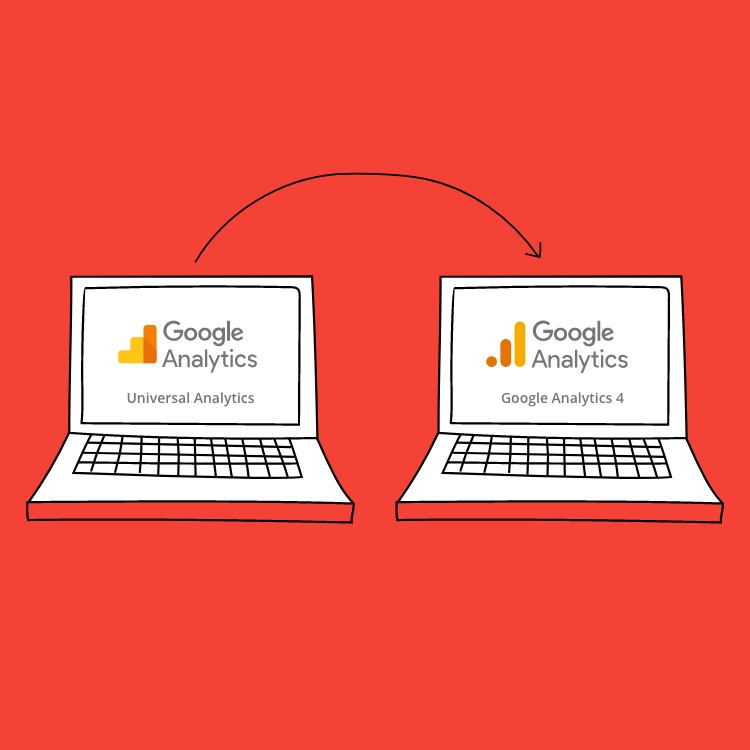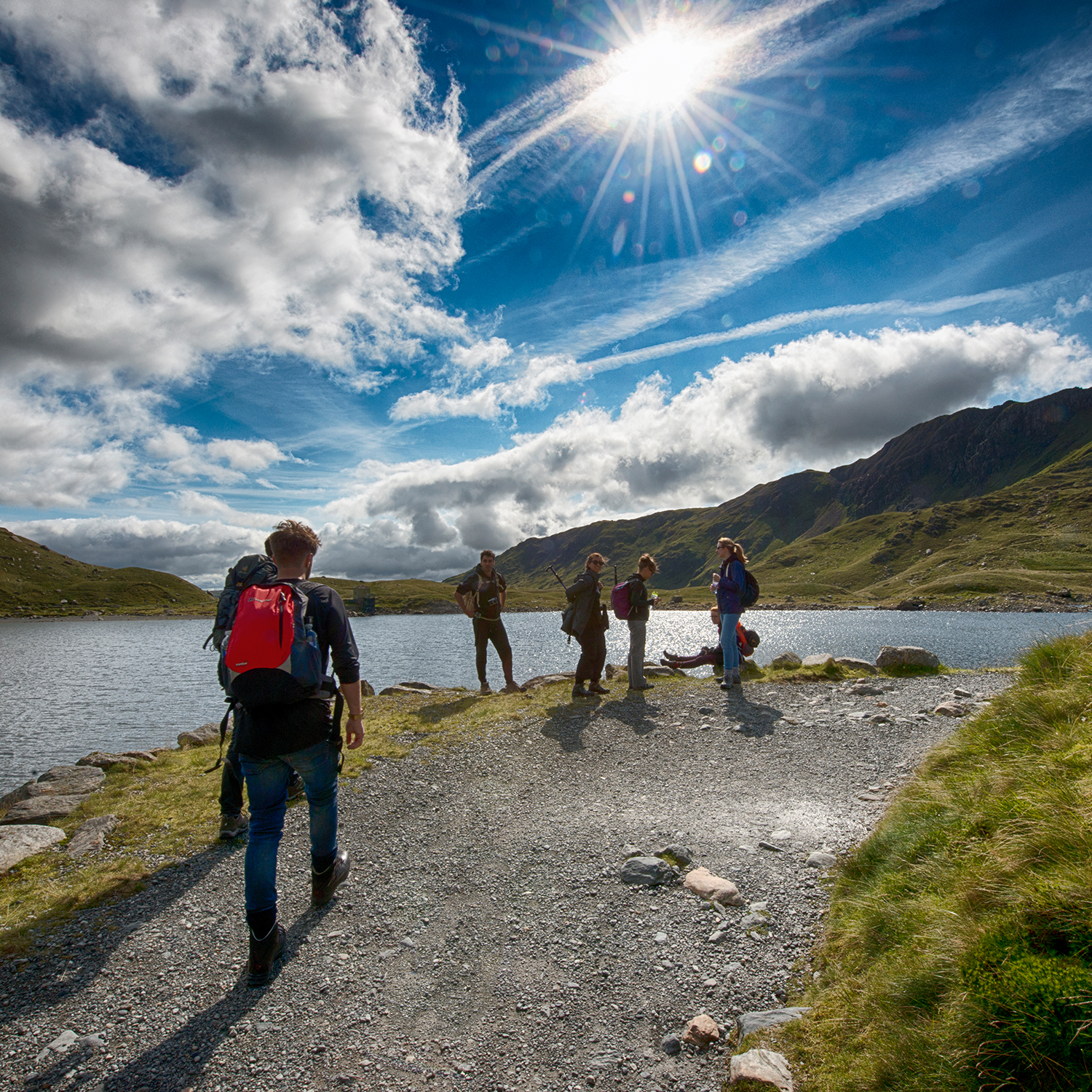As part of our 15 years’ of Rawww celebrations during 2020, we’ll be recapping changes we’ve experienced in design, branding, strategy and other creative Good Stuff.
First up, we’re taking a closer look at 15 years of branding and how although branding trends and techniques may have changed, the key branding principles are still just as relevant today as they were back in 2005.
Brand strategy

A branding principle that has had more recognition in the last 15 years is strategy. Today, businesses are now more aware of the importance of listening to what customers are saying and adhering to their needs.
Through an increasing use of brand audits, businesses are now able to understand more about their target audience. This includes gaining analysis, stats and insights that outline strengths and weaknesses on a brand and show ways to improve.
All of this insight means more businesses in 2020 are able to align their brand to be more inline with customer demand
Colour palette
Colour has always been a key principal in branding and is one that will never change.
A consistent colour is what can differentiate one brand to another and helps build up a relationship with customers. For example lastminute.com owns the colour pink in it’s sector. Bright, bold and immediately recognisable, users know the brand for this colour.
However, the use of colours has simplified to adhere to the digital landscape, multiple devices and website speed. In the last 15 years we’ve seen a big shift from the use of gradient colour to flat 2D colour, and brands using a lot more vibrancy in shades.

Branding has also been influenced by colour trends, which change every year. Pantone usually depicts what the colour trend will be each year, as seen below:
2005 – Blue Turquoise
2006 – Sand Dollar
2007 – Chili Pepper Red
2008 – Blue Iris
2009 – Mimosa
2010 – Turquoise
2011 – Honeysuckle
2012 – Tangerine Tango
2013 – Emerald
2014 – Radiant Orchid
2015 – Marsala
2016 – Rose Quartz
2017 – Greenery
2018 – Ultra Violet
2019 – Coral
2020 – Classic Blue
Logo design

Standout logo design is just as important today as it was in 2005, but designs have evolved over time.
Due to the developments of digital channels, such as social media and mobile apps, logo designs have had to be simplified to have the flex needed to work across different platforms. This means many brands now need a logo mark or icon that’s more square to fit these digital channels.
As part of a rebrand in 2015, Google rolled out several variations of their logo to suit varying channels. These included a rainbow ‘G’ to use on their app, a microphone for voice search and a favicon for Google websites.
In the last few years, we’ve also seen the use of animation or movement in logos. Google is again a good example, with their dynamic logo that actively responds to certain situations. For example during a voice search on a phone or tablet, the Google dots will bounce and as you speak those dots transform into an equalizer responding to your voice. Using animated and dynamic logos creates a more engaging brand experience for users.
Concept

Having a strong brand concept is also a principle that hasn’t changed since 2005. Creating standout branding has continued to be based around a big idea and a solid concept.
The way logos are designed and flourished may have developed, but it’s remained that the core idea behind branding is what makes it successful.
If you have a brand logo that looks great but has no purpose, your customers will soon lose interest. Branding projects in 2020 still begin with defining a brand concept before moving on to design.
SEO
One thing that has definitely changed over the last 15 years is SEO algorithms. When once keyword stuffing and bad linking practices helped improve your SEO, the way search engines rank businesses has thankfully changed over time.
In 2020, SEO is focused around offering viewers quality, user-focused content. Businesses now need to ensure their branding aligns with Google’s search quality rating guidelines ‘EAT’ (Expertise, Authority and Trustworthiness).
When every brand consists of numerous entities in different places, it’s important that Google can understand how each of these entities are connected. That’s why consistent branding is now the most viable SEO strategy available.
Brand storytelling

Marketing creates intrigue in a business, a good product or service satisfies a customer, but great brand storytelling is what creates connection and intrigue. It’s what makes a business stand out from competitors.
There’s still just as much importance on noting and promoting your brand story to your audience as there was back in 2005. Although the way this is carried out has changed, mostly due to style preferences and copy lengths becoming shorter online.
Brands should still be focused on stirring positive emotions in customers, positioning themselves as a trusted resource of information and offering meaningful exchanges.
Branding for the next 15 years
Although the way branding principles are delivered may be slightly different, they have largely stayed the same in the last 15 years. We think they’ll probably stay that way for a long time.
One thing that has evolved is that many businesses are more aware now that their brand can’t be static. Branding shouldn’t be just created and then left alone. It should be continually revisited and refined to align to changing customer needs.
Looking to give your brand a refresh? Get in touch with us at Rawww and see where we could take your business.



